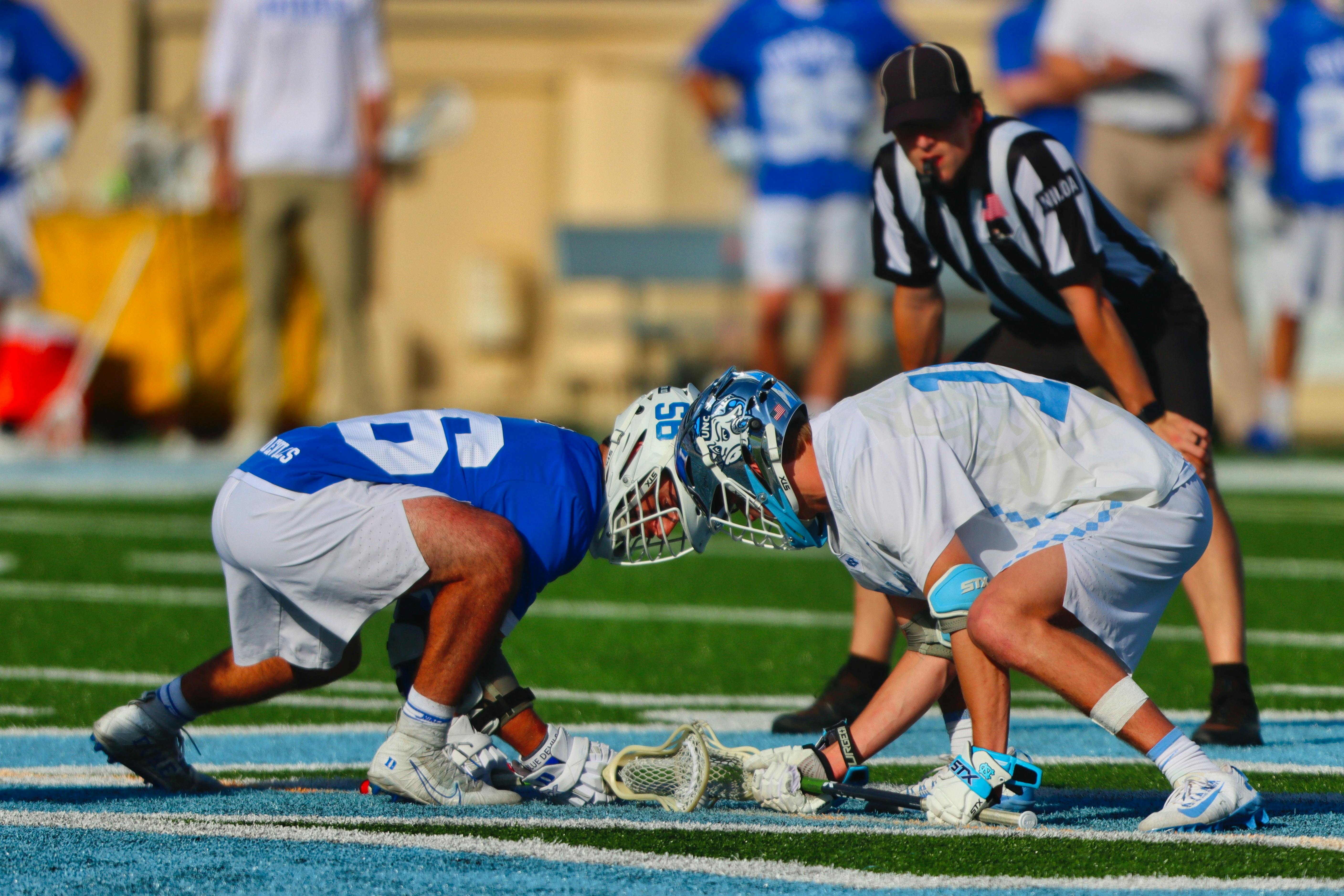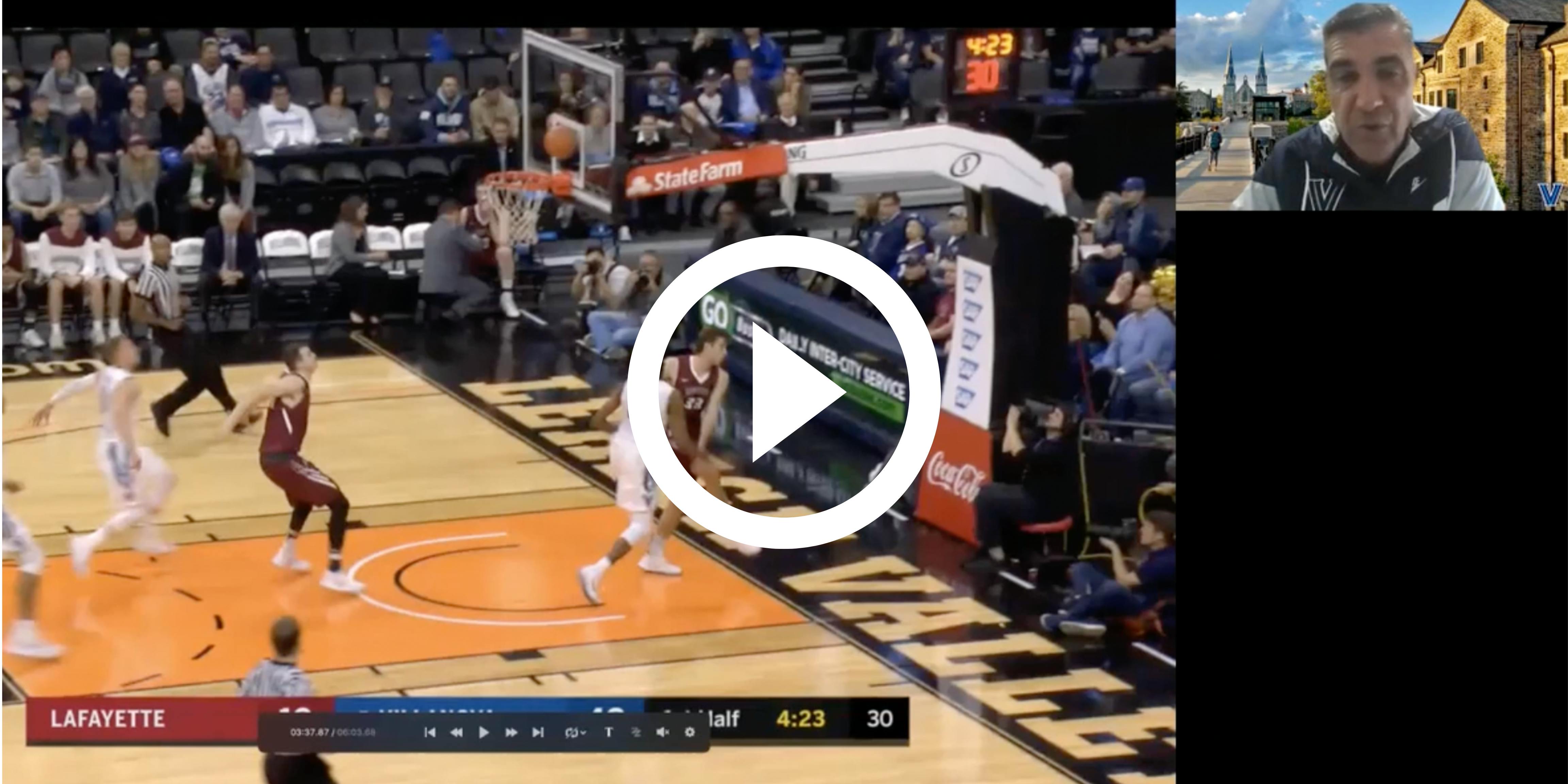Hey there! Are you an athlete looking to enhance your
performance and take your game to the next level? Well, you're in luck
because today we'll be discussing a key factor that can make a
significant difference in your athletic performance - testosterone.
Testosterone is a hormone produced by the body, mainly in the
testicles for men and ovaries for women, and is responsible for the
development of male physical characteristics. However, it's not just
about physical appearance; testosterone also plays a crucial role in
muscle growth, bone density, and energy levels.
As an athlete, having optimal levels of testosterone can help boost
your athletic performance. Testosterone can increase muscle mass,
strength, and endurance, which are all important factors for success in
various sports. Additionally, testosterone can also improve recovery
time, allowing athletes to train harder and more frequently.
But how exactly can athletes optimize their testosterone levels?
Well, there are several ways to naturally boost testosterone, such as
exercising regularly, maintaining a healthy diet, and getting enough
sleep. However, some athletes may turn to testosterone replacement
therapy or other performance-enhancing drugs, which can have potential
risks and limitations.
It's important to note that excessive or improper use of testosterone
can lead to negative side effects such as acne, mood swings, and even
heart disease. Furthermore, the use of performance-enhancing drugs is
prohibited in most sports and can result in disqualification or even
legal consequences.
Testosterone is a crucial factor in athletic performance, and
optimizing its levels can provide significant benefits for athletes.
However, it's important to do so safely and responsibly, and to always
prioritize overall health and well-being. So, let's dive deeper into the
topic and learn more about how to supercharge your performance by
optimizing your testosterone levels!
Natural Ways to Boost Testosterone Levels
Testosterone is a hormone that plays a crucial role in athletic
performance, muscle growth, and overall health. While there are
synthetic methods to increase testosterone levels, natural strategies
can be just as effective and are often preferred due to their lack of
side effects. Here are some dietary strategies, lifestyle changes, and
supplement options that can help boost testosterone levels in athletes:
- Dietary Strategies
Consume More Protein
Adequate protein intake is essential for building and maintaining
muscle mass. Research suggests that increasing protein intake can also
help boost testosterone levels. Foods such as lean meats, eggs, and
dairy products are excellent sources of protein.
Eat Healthy Fats
Healthy fats such as monounsaturated and polyunsaturated fats are
crucial for the production of testosterone. Foods such as nuts, seeds,
olive oil, and avocado are excellent sources of healthy fats.
Micronutrients
Adequate intake of vitamins and minerals such as zinc, magnesium, and
vitamin D are essential for testosterone production. Foods such as
oysters, spinach, and salmon are excellent sources of these
micronutrients.
- Lifestyle Changes
Get Enough Sleep
Poor sleep quality can lead to decreased testosterone levels. Getting
enough sleep (7-8 hours per night) can help regulate hormone levels and
boost testosterone production.
Reduce Stress
Chronic stress can lead to increased cortisol levels, which can
suppress testosterone production. Incorporating stress-reducing
activities such as meditation, yoga, or deep breathing can help reduce
stress levels.
Exercise Regularly
Exercise, especially resistance training, has been shown to increase
testosterone levels. Incorporating compound exercises such as squats,
deadlifts, and bench press can help boost testosterone production.
- Supplement and Herbal Remedies
D-Aspartic Acid (DAA): DAA is an amino acid that has been shown to
increase testosterone levels in both athletes and non-athletes. It works
by stimulating the production of luteinizing hormone, which is
responsible for testosterone production.
Ashwagandha
Ashwagandha is an herb commonly used in traditional Indian medicine.
It has been shown to improve testosterone levels and increase strength
and muscle mass in athletes.
Fenugreek
Fenugreek is an herb that has been shown to increase testosterone
levels in both men and women. It works by inhibiting the conversion of
testosterone to estrogen.
There are several natural strategies that athletes can use to boost
their testosterone levels. These include dietary strategies such as
consuming more protein, healthy fats, and micronutrients, lifestyle
changes such as getting enough sleep, reducing stress, and exercising
regularly, as well as supplement and herbal remedies such as D-Aspartic
Acid, Ashwagandha, and Fenugreek. By incorporating these strategies into
their routine, athletes can optimize their testosterone levels and
improve their athletic performance.
Testosterone Replacement Therapy for Athletes
Testosterone replacement therapy (TRT) is a medical treatment that
involves supplementing the body with exogenous testosterone to increase
its levels in the blood. This therapy is commonly used to treat low
testosterone levels, also known as hypogonadism, in men. However, in
recent years, TRT has gained popularity among athletes as a means to
enhance their athletic performance.
TRT works by replacing the body's natural production of testosterone
with synthetic or bioidentical testosterone. This increased level of
testosterone in the bloodstream can lead to increased muscle mass,
strength, and endurance, which can improve an athlete's performance in
their sport.
TRT is recommended for athletes who have low testosterone levels due
to a medical condition, such as hypogonadism. In these cases, TRT can be
beneficial in restoring normal testosterone levels and improving
overall health. However, TRT should not be used by athletes who have
normal testosterone levels as it can lead to negative side effects,
including decreased fertility, acne, and an increased risk of heart
disease.
TRT can be administered in a variety of ways, including injections,
gels, and patches. The most common method is injections, where
testosterone is injected directly into the muscle tissue. Gels and
patches are also used, and they are applied directly to the skin, where
the testosterone is absorbed into the bloodstream.
The benefits of TRT for athletes include increased muscle mass,
improved strength, and endurance, which can lead to improved performance
in their sport. However, there are also risks associated with TRT,
including an increased risk of heart disease, acne, and decreased
fertility. It is important to note that TRT is banned by most sports
organizations and can lead to disqualification and sanctions if detected
in athletes.
TRT can be an effective treatment for athletes with low testosterone
levels due to a medical condition, but it should not be used by athletes
who have normal testosterone levels. TRT can improve athletic
performance, but it also comes with risks, and athletes should carefully
consider the potential benefits and drawbacks before deciding to
undergo this treatment.
The Ethics and Legality of Testosterone Optimization in Sports
Testosterone is a hormone that plays a critical role in the
development of male sexual characteristics, including muscle mass, bone
density, and body hair. For athletes, optimizing testosterone levels can
improve athletic performance, strength, and endurance. However, the use
of testosterone in sports has been a controversial topic due to its
potential for abuse and ethical implications.
In terms of rules and regulations, the World Anti-Doping Agency
(WADA) prohibits the use of testosterone and other performance-enhancing
drugs (PEDs) in sports. Athletes found to have violated this rule may
face suspension, fines, and even a lifetime ban from the sport. WADA has
established strict testing protocols to detect the use of PEDs,
including testosterone, and has implemented a comprehensive program to
educate athletes and coaches about the dangers of using these
substances.
Different sports organizations and governing bodies approach
testosterone optimization for athletes differently. For example, the
International Olympic Committee (IOC) has a zero-tolerance policy
towards PEDs and has implemented rigorous testing procedures to ensure
fair competition. In contrast, some professional sports leagues, such as
Major League Baseball (MLB), have faced criticism for their lax
approach to PEDs, including testosterone.
The ethical considerations of testosterone use in sports are complex.
On the one hand, optimizing testosterone levels can improve an
athlete's performance, which can lead to greater success, fame, and
financial rewards. On the other hand, the use of PEDs can create an
unfair advantage over athletes who choose not to use these substances.
Additionally, the health risks associated with testosterone use,
including liver damage, heart disease, and infertility, are a serious
concern.
Athletes must balance the potential benefits of testosterone
optimization with the risks and implications. Many athletes have argued
that they have a right to make their own decisions about their bodies
and that testosterone optimization is no different from other legal
supplements or training methods used to improve performance. However,
others argue that the use of PEDs undermines the integrity of the sport
and violates the spirit of fair competition.
The use of testosterone in sports is a complex issue that involves
both ethical and legal considerations. While testosterone optimization
may offer potential benefits for athletes, it also presents significant
risks and ethical implications. It is up to athletes, coaches, and
governing bodies to weigh these factors carefully and make informed
decisions that promote fair play and protect the health and well-being
of athletes.
Case Studies and Examples of Testosterone Optimization in Sports
Testosterone is a hormone that plays a critical role in an athlete's
performance. Many athletes have attempted to optimize their testosterone
levels to achieve peak performance. Here are some examples of athletes
who have successfully optimized their testosterone levels:
LeBron James
LeBron James is one of the most famous basketball players in the
world. He has been known to take supplements and eat foods that
naturally boost testosterone levels, such as zinc, vitamin D, and
magnesium. His intense workout regimen also helps him maintain high
levels of testosterone.
Serena Williams
Serena Williams is one of the greatest tennis players of all time.
She also focuses on optimizing her testosterone levels through diet and
exercise. Williams eats a diet rich in lean protein and healthy fats,
such as avocados and nuts, which can help increase testosterone
production. She also regularly lifts weights and does other
strength-training exercises.
Usain Bolt
Usain Bolt is the fastest man in the world. His intense workout
regimen and focus on nutrition help him maintain high levels of
testosterone. Bolt eats a diet rich in protein and healthy fats and
avoids processed foods and sugars. He also does strength-training
exercises to build muscle and boost testosterone levels.
Analysis of how testosterone optimization has impacted the performance and careers of notable athletes:
The use of testosterone optimization in sports has been a
controversial topic. Some athletes have been accused of using
performance-enhancing drugs, such as testosterone, to improve their
performance. Here are some notable examples:
Lance Armstrong
Lance Armstrong is a former professional cyclist who was accused of
using testosterone and other performance-enhancing drugs. He was
stripped of his seven Tour de France titles and banned from competitive
cycling for life.
Barry Bonds
Barry Bonds is a former baseball player who was accused of using
testosterone and other performance-enhancing drugs. He holds the record
for the most home runs in a single season and in a career, but his
achievements have been tainted by allegations of steroid use.
Caster Semenya
Caster Semenya is a South African runner who has high levels of
testosterone due to a condition called hyperandrogenism. She was banned
from competing in women's races for several years, as her high
testosterone levels were considered an unfair advantage.
Examination of controversies and debates surrounding testosterone use in sports through real-world examples
The use of testosterone in sports has been a controversial topic for
many years. Some athletes argue that testosterone optimization is a
natural way to improve their performance, while others believe that it
gives an unfair advantage. Here are some real-world examples of
controversies and debates surrounding testosterone use in sports:
The Russian Doping Scandal
The Russian doping scandal involved the use of performance-enhancing
drugs, including testosterone, by Russian athletes. The scandal resulted
in the suspension of many Russian athletes from international
competitions, including the Olympic Games.
The Debate over Hyperandrogenism
The debate over hyperandrogenism, or high testosterone levels, in
female athletes has been ongoing for many years. Some argue that high
testosterone levels give female athletes an unfair advantage, while
others argue that it is a natural condition and should not be penalized.
The Use of Testosterone Replacement Therapy (TRT)
Testosterone replacement therapy (TRT) is used to treat low
testosterone levels in men. Some athletes have been granted exemptions
to use TRT, as they have low levels of testosterone due to medical
conditions. However, some argue that this gives them an unfair advantage
over other athletes.
Conclusion
When it comes to optimizing testosterone for athletic performance,
there are several strategies that athletes can use to increase their
levels naturally. These include eating a balanced diet rich in essential
nutrients, getting enough sleep and rest, engaging in regular exercise
and weight training, and managing stress levels.
In addition, there are some supplements that athletes can consider
taking to support healthy testosterone levels, such as vitamin D, zinc,
and magnesium. However, it's important to note that these supplements
should not be used as a replacement for a healthy diet and lifestyle.
The key to optimizing testosterone levels for athletic performance is
to focus on maintaining a healthy and balanced lifestyle. By doing so,
athletes can support their natural testosterone production and achieve
optimal results in their sport. And, as always, it's important to
consult with a healthcare professional before making any changes to your
diet or supplement regimen.















